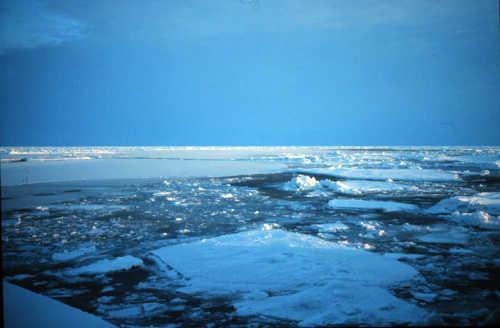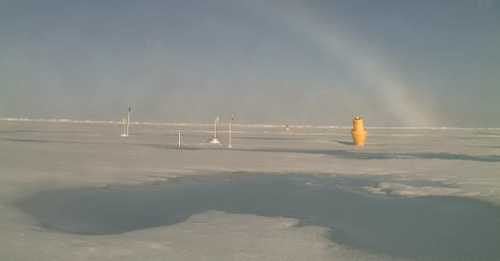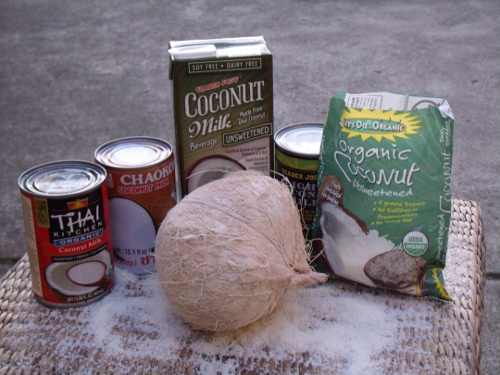- Lake County News reports
- Posted On
STATE: Governor explains initiative to raise taxes on wealthy, raise sales tax
Gov. Jerry Brown released the following open letter to California’s residents that explains the plan.
“When I became governor again – 28 years after my last term ended in 1983 – California was facing a $26.6 billion budget deficit. It was the result of years of failing to match spending with tax revenues as budget gimmicks instead of honest budgeting became the norm.
“In January, I proposed a budget that combined deep cuts with a temporary extension of some existing taxes. It was a balanced approach that would have finally closed our budget gap.
“I asked the Legislature to enact this plan and to allow you, the people of California, to vote on it. I believed that you had the right to weigh in on this important choice: should we decently fund our schools or lower our taxes? I don’t know how you would have voted, but we will never know. The Republicans refused to provide the four votes needed to put this measure on the ballot.
“Forced to act alone, Democrats went ahead and enacted massive cuts and the first honest, on-time budget in a decade. But without the tax extensions, it was simply not possible to eliminate the state’s structural deficit.
“The good news is that our financial condition is much better than a year ago. We cut the ongoing budget deficit by more than half, reduced the state’s workforce by about 5,500 positions and cut unnecessary expenses like cell phones and state cars. We actually cut state expenses by over $10 billion. Spending is now at levels not seen since the seventies. Our state’s credit rating has moved from ‘negative’ to ‘stable,’ laying the foundation for job creation and a stronger economic recovery.
“Unfortunately, the deep cuts we made came at a huge cost. Schools have been hurt and state funding for our universities has been reduced by 25 percent. Support for the elderly and the disabled has fallen to where it was in 1983. Our courts suffered debilitating reductions.
“The stark truth is that without new tax revenues, we will have no other choice but to make deeper and more damaging cuts to schools, universities, public safety and our courts.
“That is why I am filing today an initiative with the Attorney General’s office that would generate nearly $7 billion in dedicated funding to protect education and public safety. I am going directly to the voters because I don’t want to get bogged down in partisan gridlock as happened this year. The stakes are too high.
“My proposal is straightforward and fair. It proposes a temporary tax increase on the wealthy, a modest and temporary increase in the sales tax, and guarantees that the new revenues be spent only on education. Here are the details:
“Millionaires and high-income earners will pay up to 2 percent higher income taxes for five years. No family making less than $500,000 a year will see their income taxes rise. In fact, fewer than 2 percent of California taxpayers will be affected by this increase.
“There will be a temporary ½ cent increase in the sales tax. Even with this temporary increase, sales taxes will still be lower than what they were less than six months ago.
This initiative dedicates funding only to education and public safety – not on other programs that we simply cannot afford.
“This initiative will not solve all of our fiscal problems. But it will stop further cuts to education and public safety.
“I ask you to join with me to get our state back on track,” Brown concluded.
Republican leaders in the state Legislature didn’t appear to welcome the proposal.
In responding to the initiative, on Monday Senate Republican Leader Bob Dutton (Rancho Cucamonga) put the emphasis on the need for reform.
“Clearly the governor has put tax hikes ahead of job creation,” Dutton said in a brief written statement released by his office. “Californians have consistently voted down tax-only proposals. Senate Republicans continue a call to action on reforms first. Only with reforms can we put Californians back to work and restore the people’s confidence in state government.”
Assembly Republican Leader Connie Conway of Tulare was similarly critical, calling the new taxes “reckless.”
She said Brown was “once again relying on his failed budget playbook in proposing a massive $35 billion tax increase on hard-working Californians and job creators.”
Conway said voters have rejected similar tax increases in the past.
"Despite their rhetoric, it is clear that our state's projected $13 billion budget shortfall is not the result of a lack of revenue, but rather that Democrats want to grow government spending by $10 billion next year,” she said. “The majority party's budget priorities are clear – sock working families with a painful tax increase to pay for more health and welfare spending and unsustainable public employee pensions, while education continues to take a massive hit.”
Follow Lake County News on Twitter at http://twitter.com/LakeCoNews, on Tumblr at www.lakeconews.tumblr.com, on Facebook at www.facebook.com/pages/Lake-County-News/143156775604?ref=mf and on YouTube at www.youtube.com/user/LakeCoNews .

 How to resolve AdBlock issue?
How to resolve AdBlock issue? 









